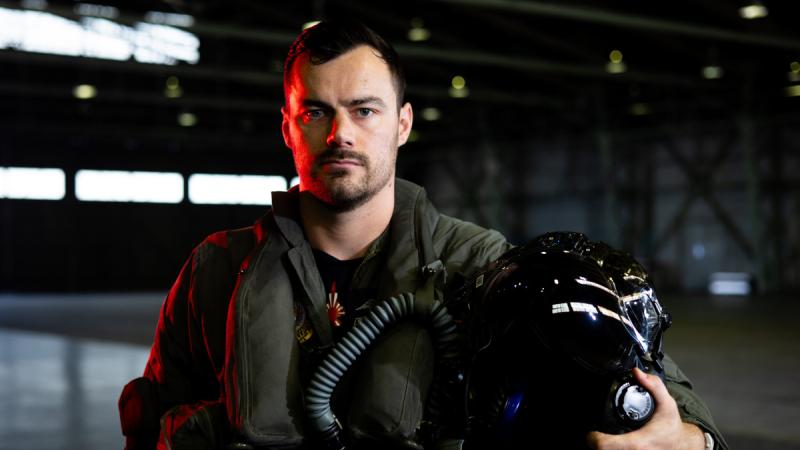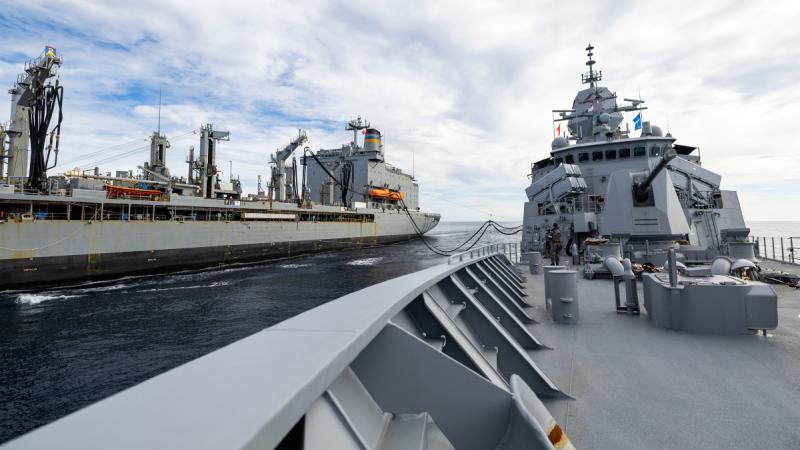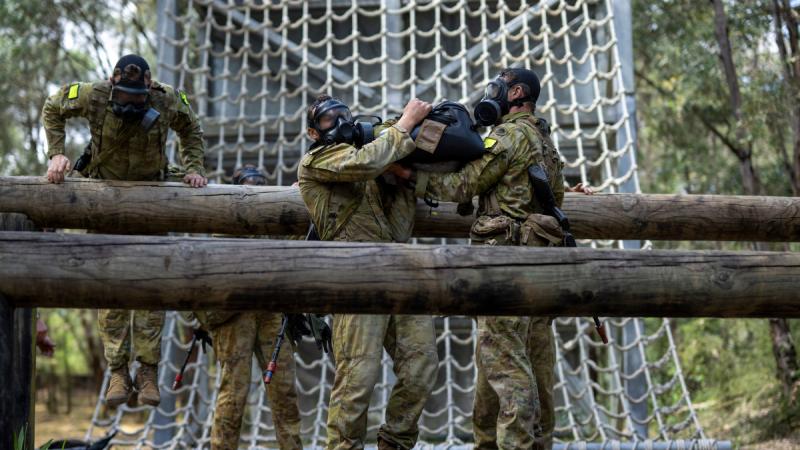26 September 2025
F-35A Lightning II aircraft from 3 and 75 Squadrons took to the Northern Territory skies for Exercise Arnhem Thunder last month.
Held at RAAF Bases Tindal and Darwin, the Air Force collective training and offensive counter air activity involved live weapons drops at the Delamere Air Weapons Range.
3 Squadron Detachment Commander Squadron Leader Grant Burr said Arnhem Thunder was a regular exercise for Air Combat Group, generating proficiency in the use of live ordnance against advanced surface and air threats.
“This year, 3 Squadron has deployed to RAAF Base Tindal to work alongside 75 Squadron to rehearse 5th generation tactics and deliver the majority of air-surface weapon variants able to be carried by the F-35A,” Squadron Leader Burr said.
“Operating out of the Northern Territory provides an environment to rehearse dispersed operations and operate armed aircraft in challenging physical conditions.
“The massive size of the Northern Territory airspace provides our aircraft with freedom of movement and is the ideal training venue for realistic live weapons employment against a credible adversary.”
Although 3 and 75 Squadrons routinely work together, Squadron Leader Burr said Arnhem Thunder was another opportunity to extend the integration and teamwork between two of Australia’s premier fighter squadrons.
'The massive size of the Northern Territory airspace provides our aircraft with freedom of movement and is the ideal training venue for realistic live weapons employment against a credible adversary.'
Surveillance and Control Training Unit – operating from RAAF Base Williamtown – and 2 Squadron provided domestic and tactical control of the airspace during the exercise.
Operating an E-7A Wedgetail out of RAAF Base Darwin, 2 Squadron Detachment Commander Steven Walsh said Arnhem Thunder provided his team with excellent force generation opportunities, including live flying and control events for mission crew.
“During this exercise we have graduated six new E-7A air battle managers, including four United States Air Force [USAF] members and two electronic support measures operators, which also included one USAF member,” Squadron Leader Walsh said.
“Deploying to, and operating from, remote locations provides 2 Squadron personnel an opportunity to test all facets of our day-to-day operations when away from our home base.
“It allows us to validate procedures as a deployed capability, constantly learning lessons and applying them to future iterations, thereby ensuring we are ready to deploy and operate at a moment’s notice.”
Squadron Leader Burr said training activities such as Arnhem Thunder were vital to the Air Force, as they directly contributed to the ADF’s ability to maintain its preparedness requirements.
“To meet the challenges of our strategic environment, operating from our northern bases improves our ability to project force from northern Australia,” Squadron Leader Burr said.
“We would like to thank the local Katherine and Darwin community for their continued and unwavering support as we execute our purpose of defending Australia and its national interests.”


